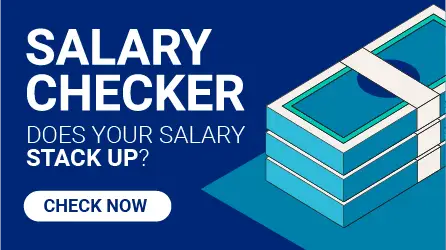Try our Salary Comparison Tool
The Hays Salary Checker provides you with quick access to salaries for your specific job role in your location. Covering thousands of jobs in 28 different industries and sectors, and further customised geographically by 11 different regions across Australia. Our Australian salary comparison tool provides instant insights on pay and salary benchmarking for your exact job and location.



